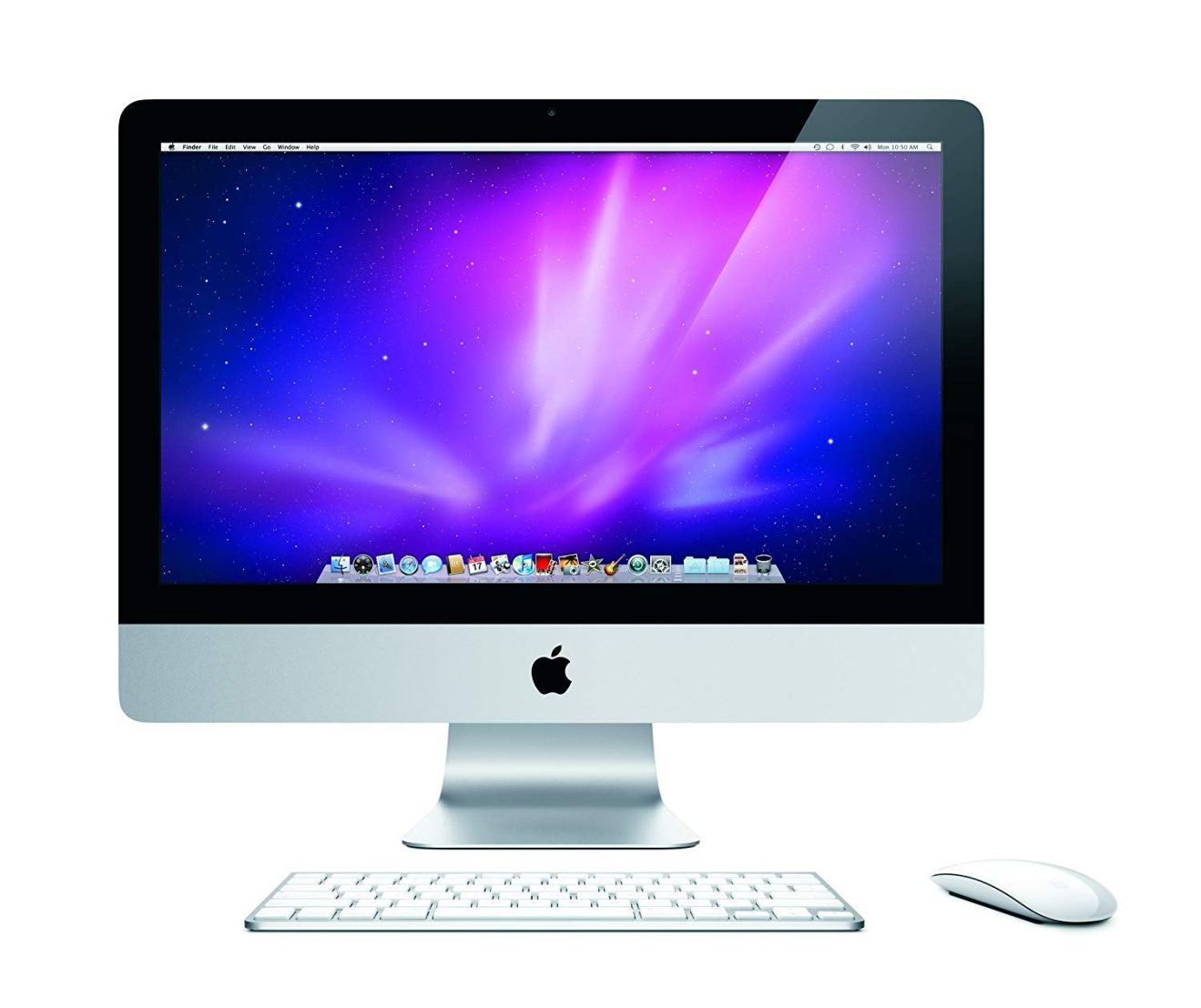The Terminal is one of macOS’ most powerful built-in applications. If you’ve been following this blog for a while, then chances are you’re already familiar with some of the 1,400+ Terminal commands that are at your disposal.
While macOS’ built-in Terminal has lots to offer, it does have its limitations. Most notably, you can’t launch the Terminal with a keyboard shortcut, and you can’t customise the Terminal’s appearance, which isn’t ideal if you have eyesight problems, or if you’re simply not a fan of the Terminal’s stark, black-and-white look!
In this article, I’m going to introduce you to iTerm2, a free alternative to Apple’s built-in Terminal, that’s completely customisable.
Replacing the stock Terminal with iTerm2
To try this app for yourself, head over to the iTerm2 website and download the latest version. iTerm2 is free to download and use, but if you enjoy using this app then you should consider donating to the developer to help support their work on this project.
Once you’ve downloaded iTerm2, install and launch it. Initially, iTerm2 looks pretty similar to the standard Terminal.

However, there’s lots of functionality hidden beneath the surface, including some features that simply don’t exist in the official Terminal application.
Customise the Terminal
You can customise pretty much every part of iTerm2’s appearance, which can make it easier to work with, for example if you’re struggling to read the text then you can increase the text size, change the font or use different colours to increase the contrast between the text and the iTerm2 background.
To change the background and/or text colour:
- Select ‘iTerm2 > Preferences…’ from the iTerm2 menu bar.
- Select the ‘Profiles’ tab.
- In the left-hand menu, select ‘Default.’
- Select the ‘Colors’ tab.
- To change the text, select the ‘Foreground’ colour and then use the subsequent menu to select a new colour. The iTerm2 window updates automatically as you select different colours, so you can immediately see how your changes will look.
- To change the colour of the iTerm2 background, select ‘Background’ and then make your selection from the colour picker.

If you’re struggling to read the Terminal text, then you can change the text size and font family:
- Select ‘iTerm2 > Preferences…’ from the iTerm2 menu bar.
- Select ‘Profiles’ and make sure ‘Default’ is selected.
- Click the ‘Text’ tab.
- Give the ‘Change Font’ button a click.
- This opens a ‘Fonts’ window where you can change the font family, typeface and font size.
Launch iTerm with a keyboard shortcut
macOS’ default Terminal isn’t exactly difficult to reach (you can find it by navigating to ‘Applications > Utilities > Terminal’). However, if you use the Terminal on a regular basis, then the fact that you can’t launch it with a keyboard shortcut is one of those little niggles that can become seriously frustrating.
When you switch to iTerm2, you gain the ability to create a keyboard shortcut that lets you launch the “Terminal” window with the press of a few keys:
- Select ‘iTerm2 > Preferences…’ from the iTerm2 toolbar.
- Select the ‘Keys’ tab.
- Click the ‘Create a Dedicated Hotkey window…’ button.
- Decide which keyboard shortcut you want to use, and then click the ‘Hotkey’ field. This field should now display a ‘Recording’ label. Press the keys that you want to use, and the field should update to display these keys.

- When you’re happy with the shortcut you’ve created, click ‘OK.’
- You should now see a message that a new ‘Hotkey Window’ has been created. Click ‘OK.’
- Test your keyboard shortcut by closing the ‘Preferences…’ window and exiting iTerm2. Now press your keys, and an iTerm2 overlay should appear.
You can interact with this overlay in exactly the same way you interact with the regular iTerm2 window. However, sometimes transparency can be distracting, for example if you have a particularly noisy wallpaper then you might struggle to read the iTerm2 text.
To turn this overlay opaque, so that it looks more like the “regular” iTerm2 window:
- Select ‘iTerm2 > Preferences…’ form the iTerm2 menu bar.
- Select the ‘Profiles’ tab.
- In the left-hand menu, select the ‘Hotkey Window’ profile.
- Select the ‘Window’ tab.
- Drag the ‘Window appearance’ slider to the ‘Opaque’ end of the scale.
- Exit iTerm2 and then repeat your keyboard shortcut, and you should see that the iTerm2 overlay is no longer transparent.
Get two Terminals in one!
One particularly useful iTerm2 feature that isn’t available in the standard Terminal, is split-screen view. This allows you to have two iTerm2 windows side-by-side, which operate independently of one another. To take a look at this split-screen view, press the ‘Command+D’ keyboard shortcut.

This split-screen setup is great for general multi-tasking, but it can also be useful when you’re performing complex operations that require lots of Terminal commands, as you can divide this complex task into multiple parts and then handle each part in a separate window. You may also want to use this split-screen setup to display some useful information in one window, and then work with this information in another window. This is much easier than having to scroll back through your Terminal history, every single time you need to check some information!
Before you go
After spending over 20 years working with Macs, both old and new, theres a tool I think would be useful to every Mac owner who is experiencing performance issues.
CleanMyMac is highest rated all-round cleaning app for the Mac, it can quickly diagnose and solve a whole plethora of common (but sometimes tedious to fix) issues at the click of a button. It also just happens to resolve many of the issues covered in the speed up section of this site, so Download CleanMyMac to get your Mac back up to speed today.








Add Comment